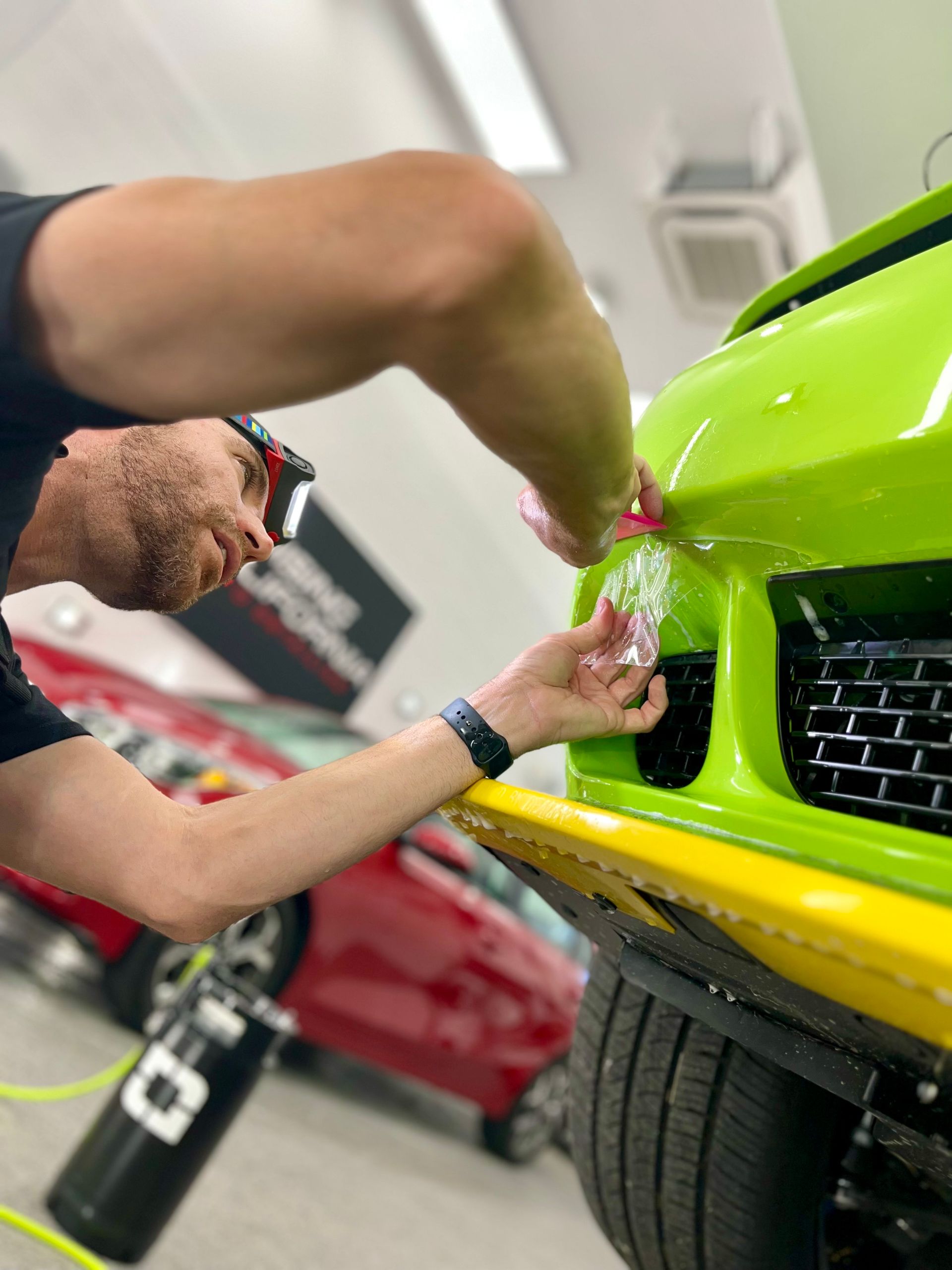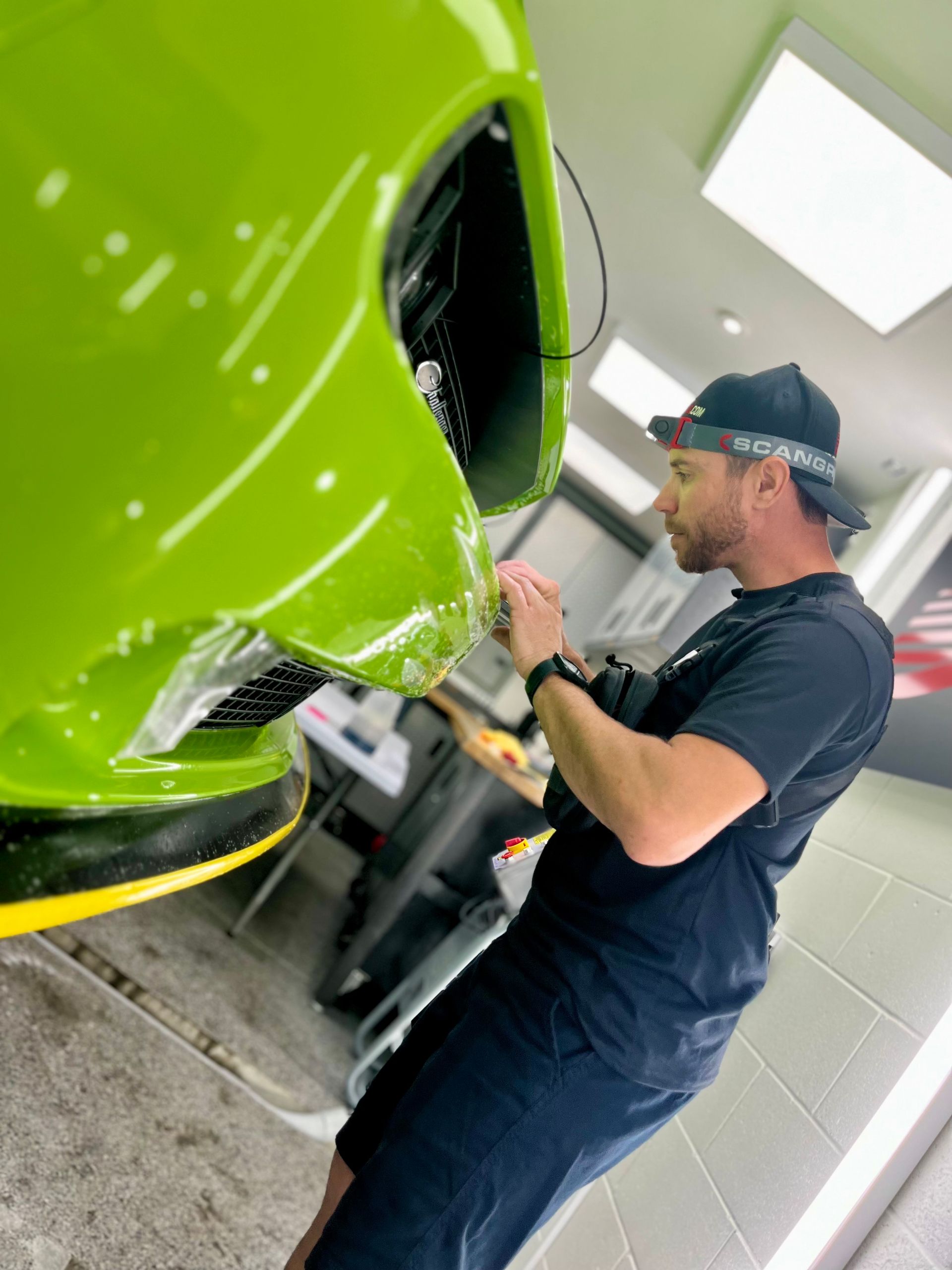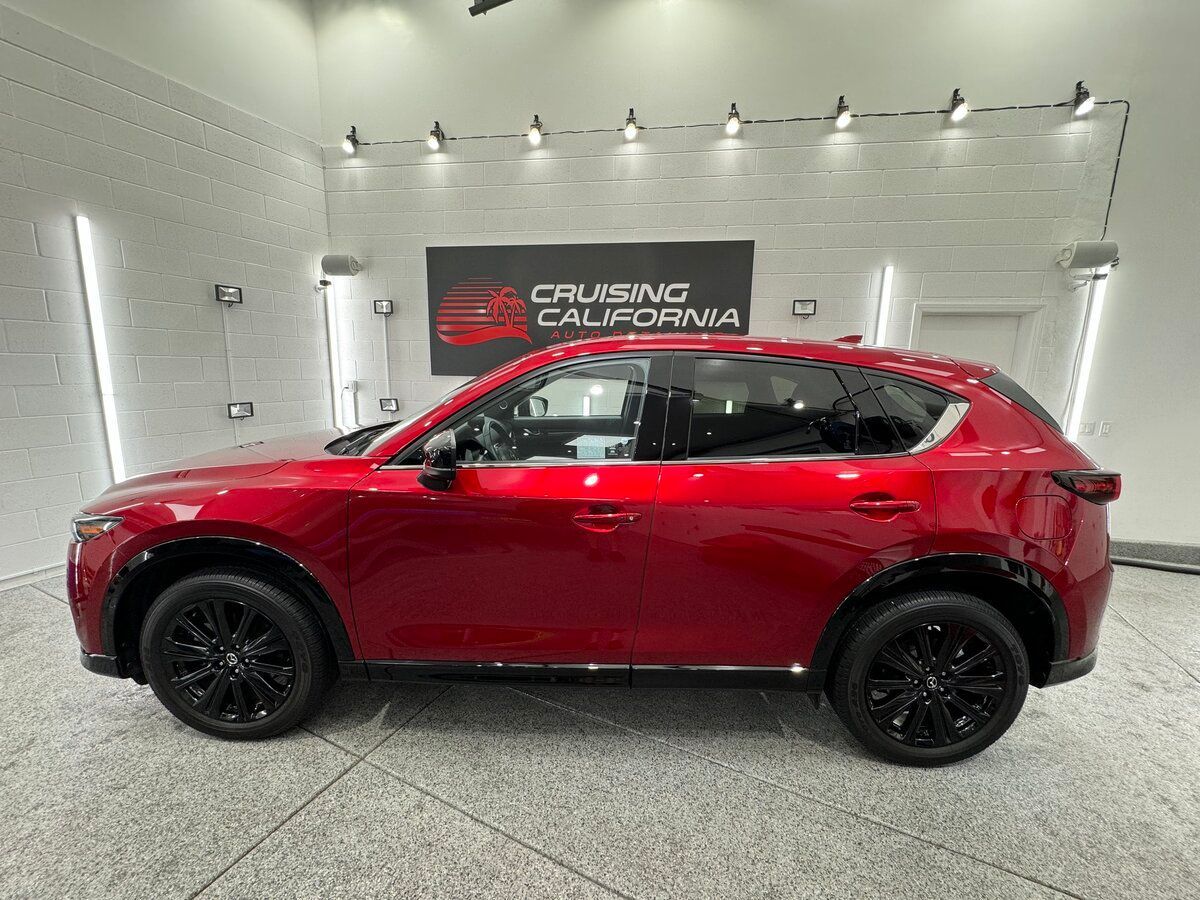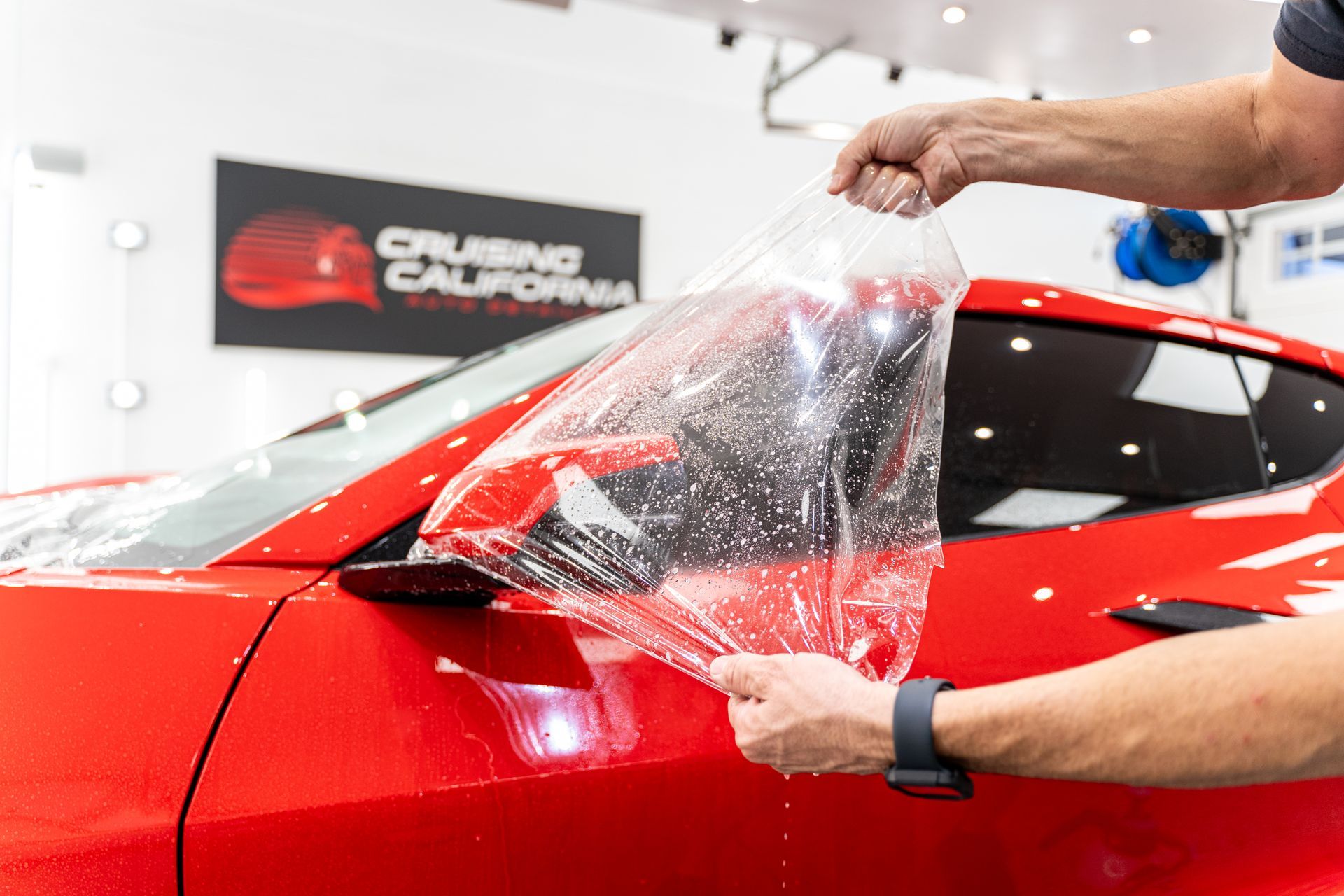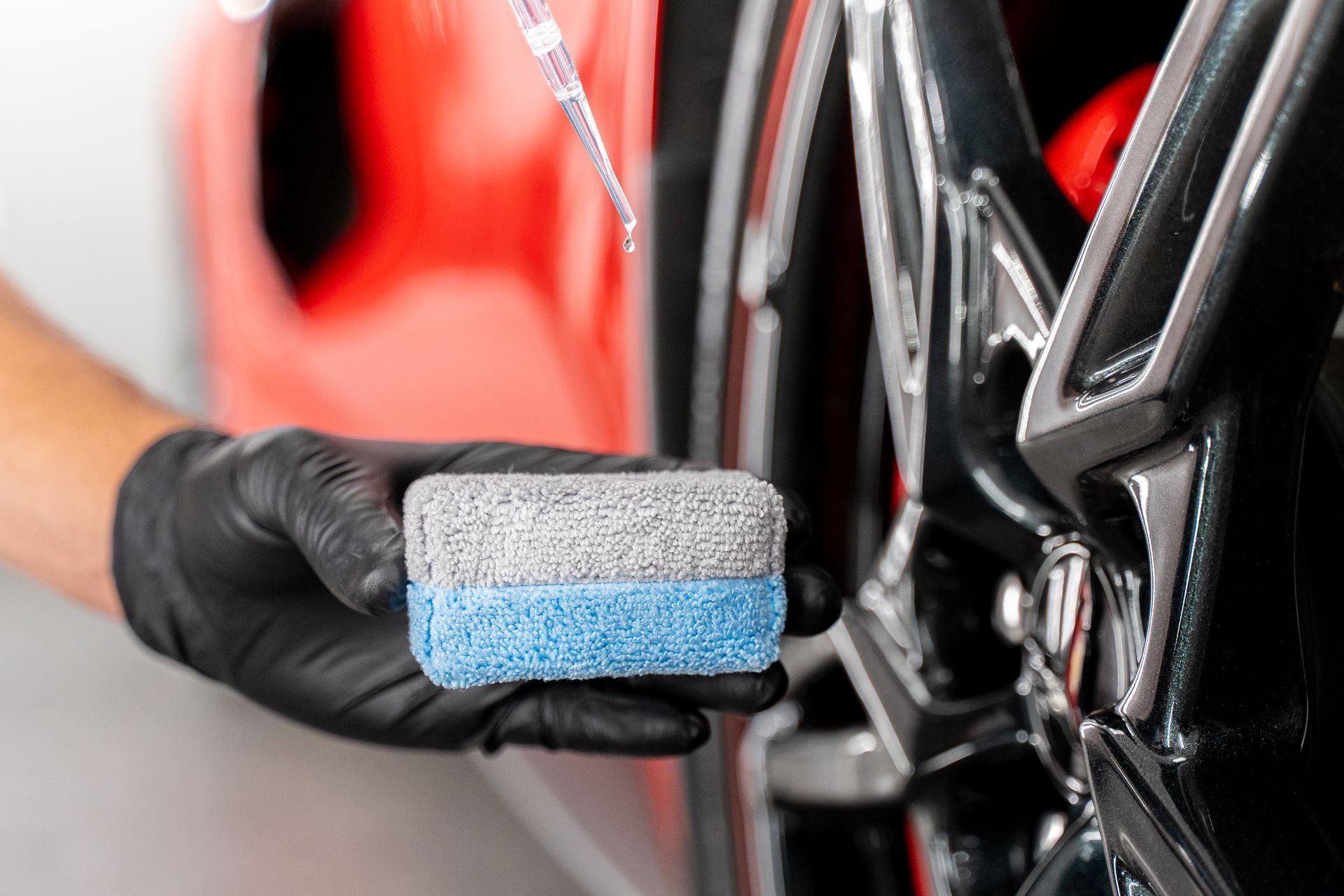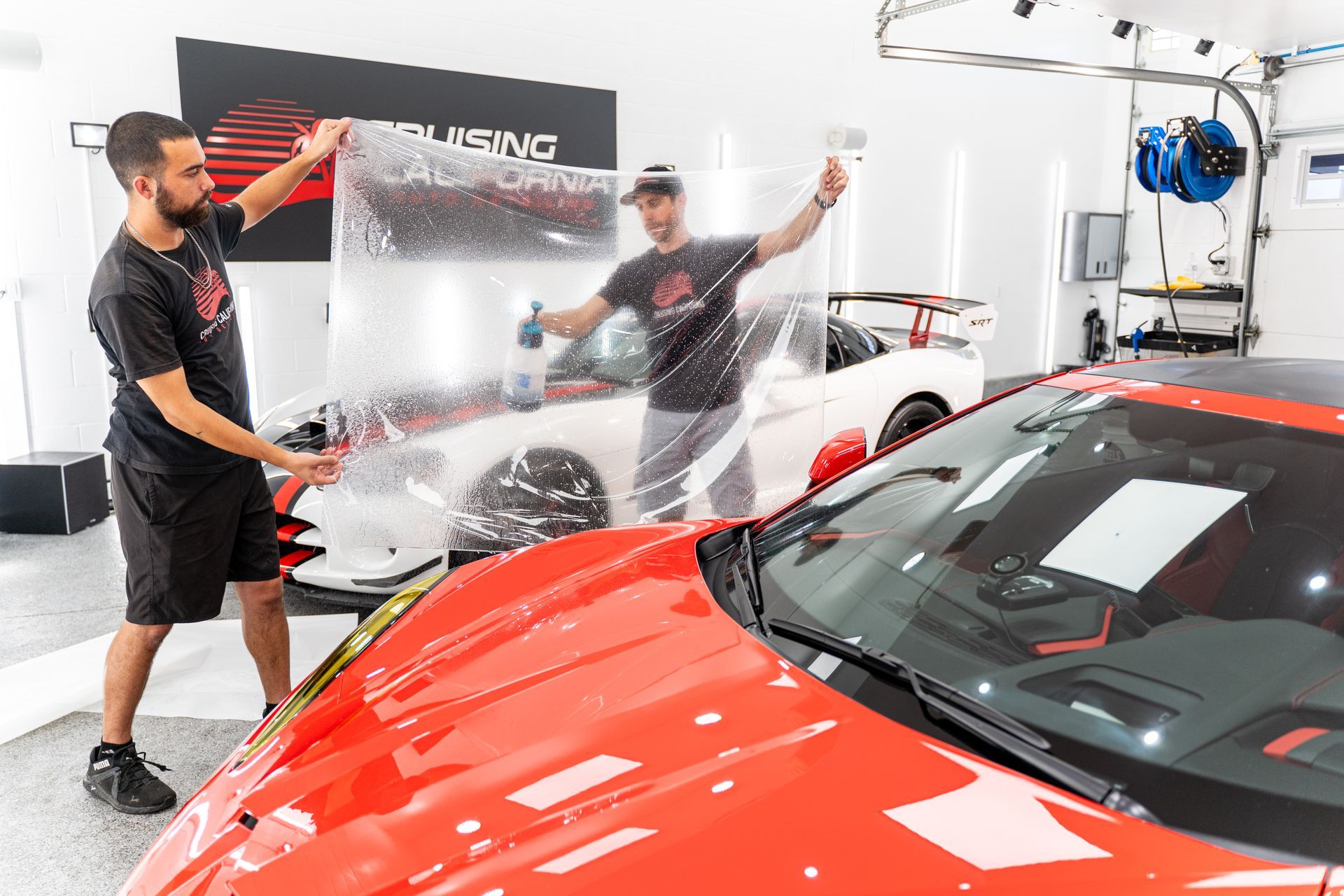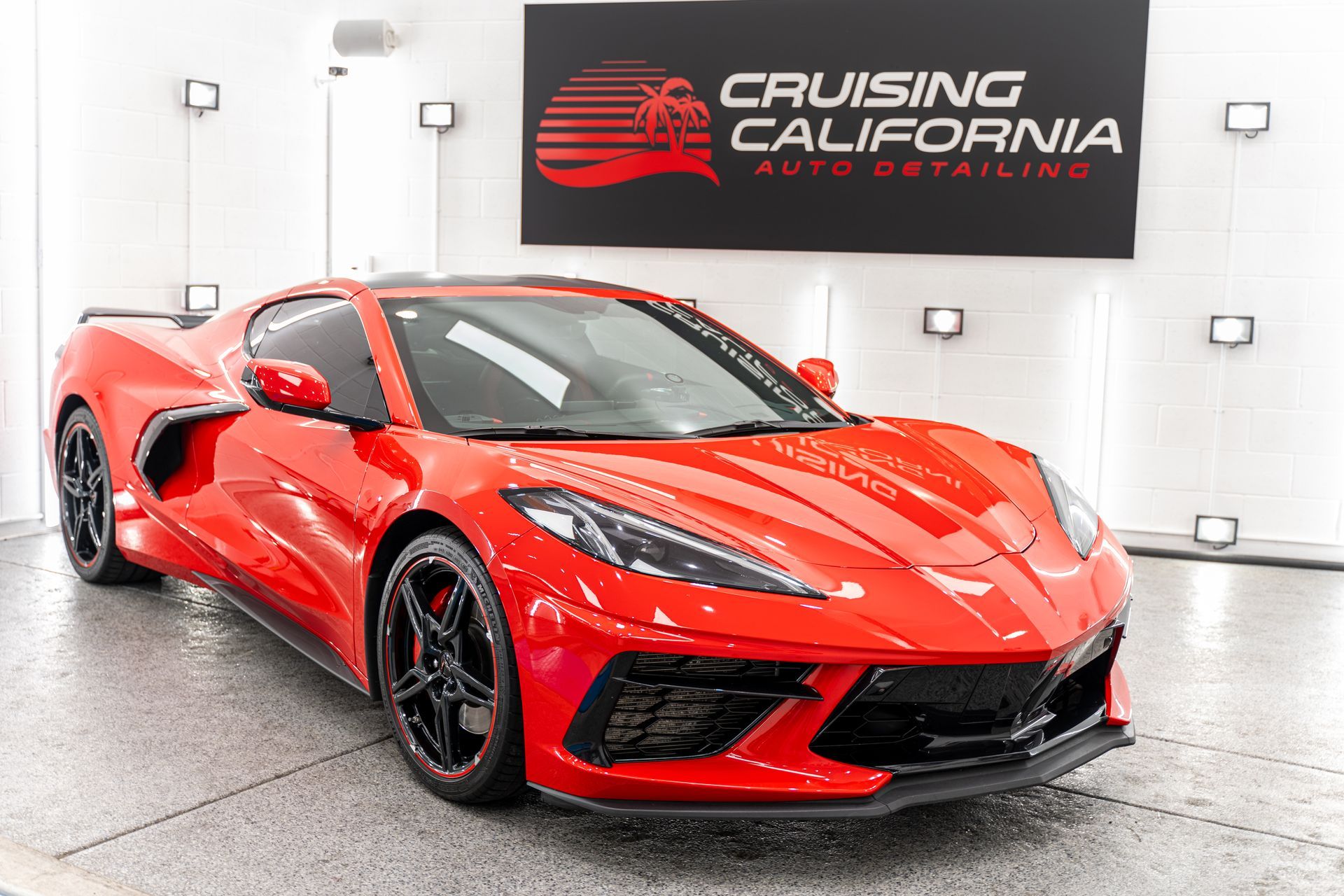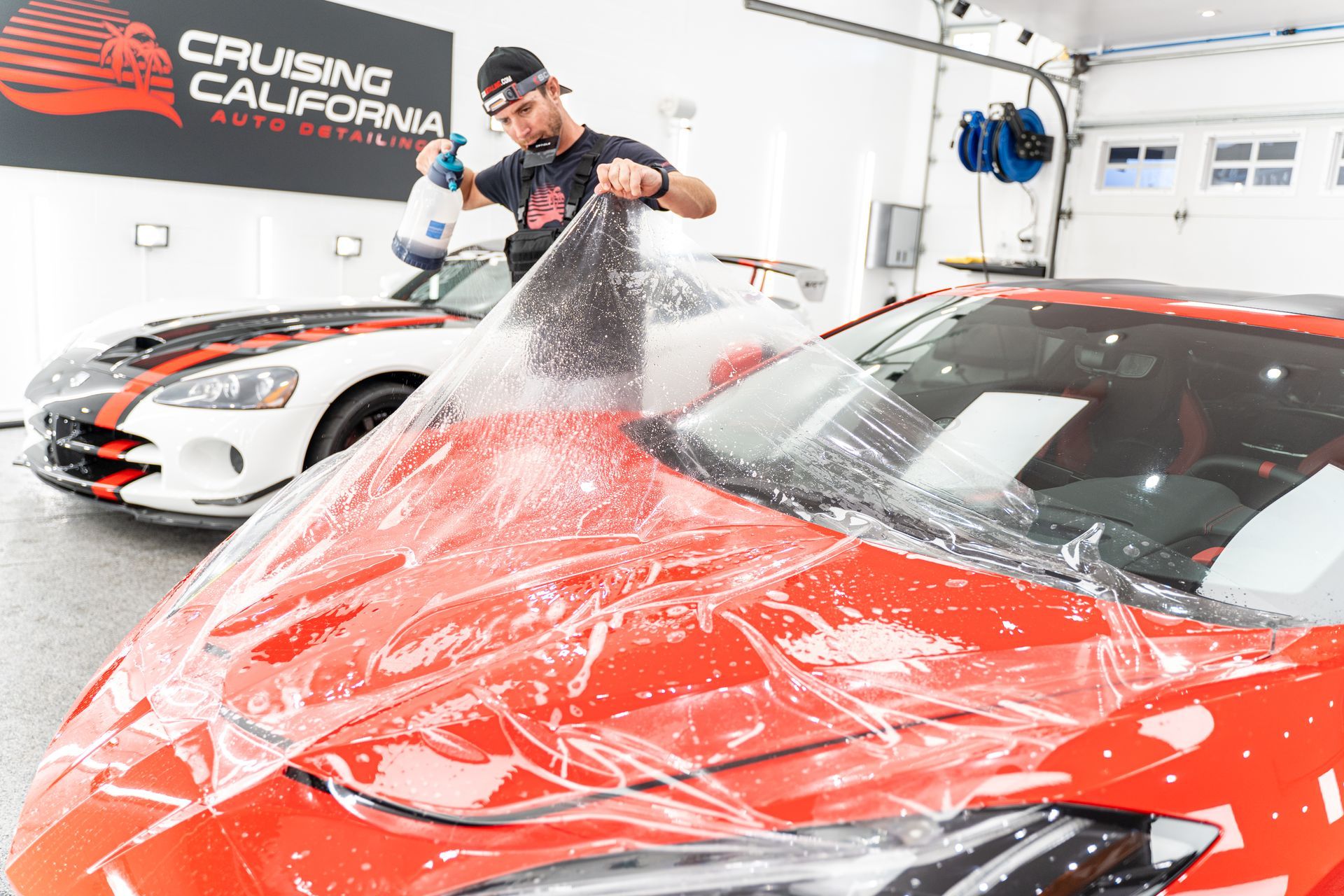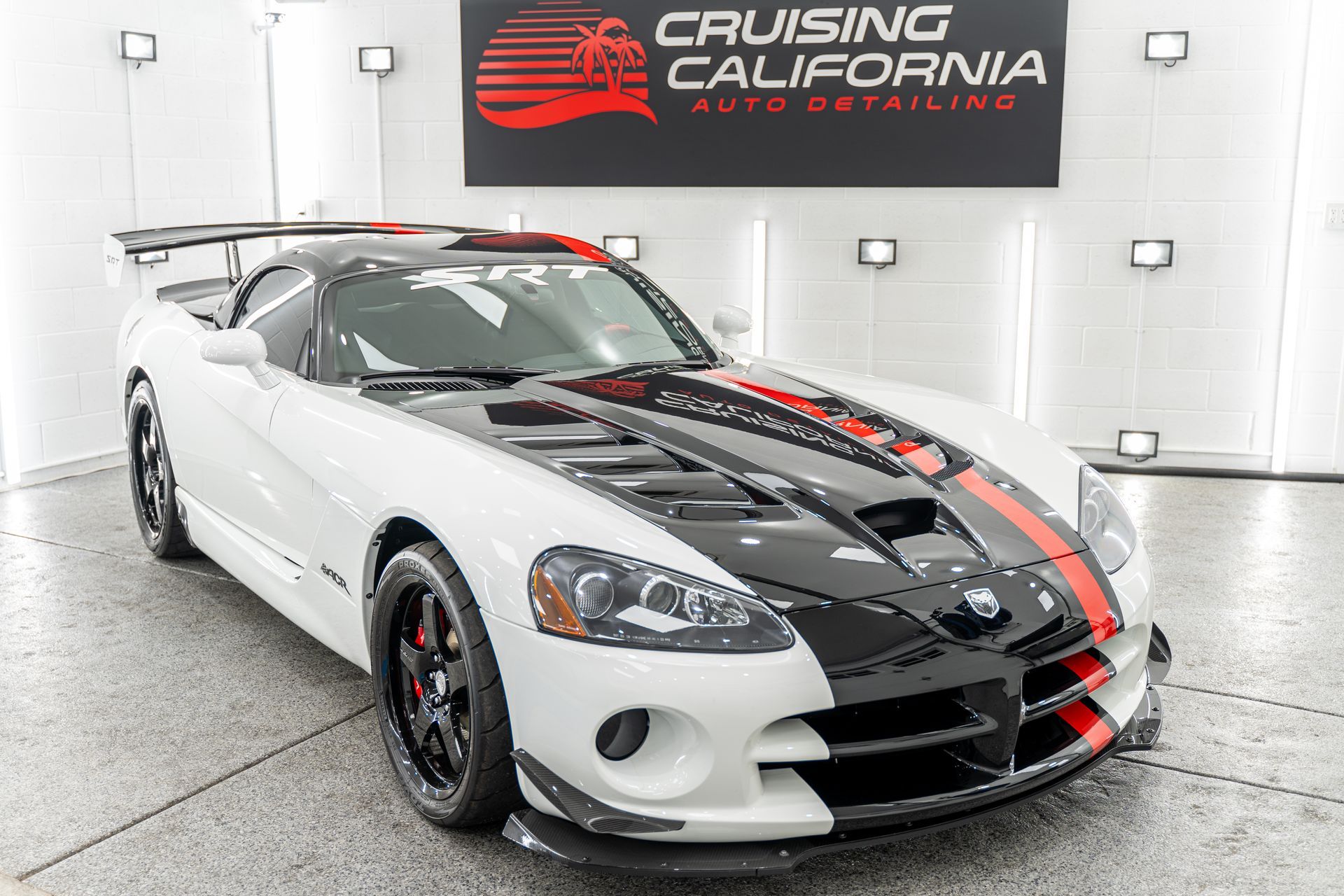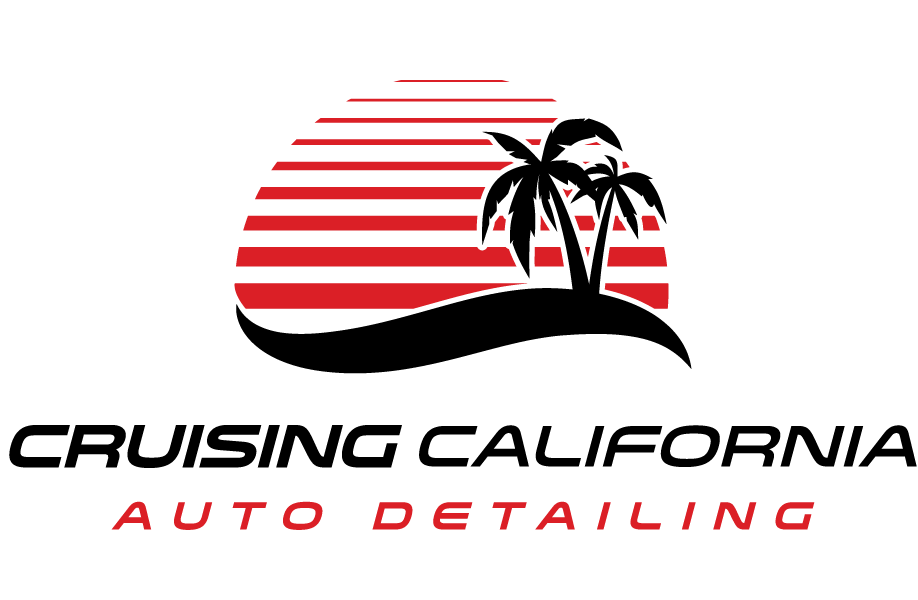Is Paint Protection Film Only for High-End Luxury Cars? Benefits for Every Vehicle
When it comes to taking care of your car, many folks assume that protective features are only for those fancy high-end rides. But here's the truth: Paint Protection Film (PPF) is like a defensive shield that benefits everyone, no matter what type of vehicle you own. Think about it—your everyday car faces all sorts of challenges on the road, from rough gravel to bird droppings. With PPF, you're not just splurging; you're investing in keeping your vehicle looking fresh and maintaining its value over time. In this article, we'll dive into what PPF is all about and why it's a smart choice for all vehicles—not just the luxury ones.
No, Paint Protection Film is not only for high-end luxury cars; it is beneficial for all types of vehicles. Many owners now recognize the importance of PPF in preserving their vehicle’s paintwork from damage such as rock chips and scratches, regardless of the car's value.
What is Paint Protection Film (PPF)?
Paint Protection Film, often referred to as PPF, is a transparent layer made of thermoplastic polyurethane that adheres to your vehicle's exterior. Its primary purpose? To guard against potential damages like rock chips, scratches, and harmful effects of environmental factors such as road salt and tree sap. Originally developed for military applications to shield helicopter blades, PPF has adapted for civilian vehicles over the years.
The beauty of PPF lies not just in its protective features but also in its healing ability. For instance, if your car’s paint suffers a minor scratch, exposure to heat or sunlight can cause the film to “heal” itself, rendering the blemish almost invisible. This characteristic is a game changer for vehicle owners who appreciate maintaining their car's aesthetic appeal without frequent touch-ups or costly repairs.
Typically, PPF comes in various thicknesses—most commonly 5 mil (0.005 inches) for standard protection and thicker options like 10 mil (0.010 inches) specifically designed for more demanding off-road conditions. The choice between these thicknesses allows you to customize your protection level based on how you use your vehicle. Whether you're navigating rough terrains or just daily commuting, selecting the right thickness can make all the difference in the longevity of your car's surface.
Beyond its immediate benefits, understanding how PPF functions illustrates why it’s essential not just for luxury cars but for all types of vehicles looking to prolong their pristine condition. PPF serves as an effective barrier against everyday wear and tear while enhancing your vehicle's overall appearance. Its combination of transparency and durability means it feels like a second skin for your paintwork—not altering its look but instead preserving it against the trials of daily life on the road.
With this foundation laid out, let’s transition to the common misconceptions surrounding the use of this innovative protection solution.
Myths About PPF Usage
One of the most pervasive myths about Paint Protection Film (PPF) is that it is exclusively for high-end luxury vehicles. Many believe only wealthy car owners who drive expensive brands would benefit from such an investment. However, this perception doesn't hold up when considering the overall costs associated with vehicle maintenance. Yes, if you're on a tight budget, the initial expense of PPF might seem daunting. But think about it: the price for repairs, repainting, and dealing with damage from everyday driving can add up quickly. By choosing PPF, you are potentially avoiding significant expenses down the road, making it a financially savvy choice for all vehicle types—not just luxury models.
On longevity, another frequently mentioned concern is that PPF will turn yellow quickly. This belief stems from earlier iterations of the product, which had discoloration issues over time. However, advancements in technology have led to modern PPFs being highly resistant to UV rays and other environmental factors that contribute to yellowing. In fact, recent research by the Auto Protection Council in 2022 revealed that the latest films can maintain their clarity and color for as long as ten years without substantial degradation. So while it’s wise to be aware of potential fading, rest assured that current options available on the market have significantly improved.
Additionally, there's a common misunderstanding regarding PPF removal—that it's impossible to do so without damaging your car's paint underneath. This ongoing myth can deter many individuals from considering PPF altogether. The truth is quite different; a high-quality PPF is designed for safe removal under proper conditions. When applied correctly and later removed gently by professionals or knowledgeable DIYers, it leaves the underlying paintwork intact. This preservation helps to maintain your vehicle’s resale value and keeps it looking pristine long after installation.
With these myths clarified, it's easier to grasp how Paint Protection Film offers real advantages regardless of vehicle type. This understanding equips every driver with the ability to make informed decisions about safeguarding their automotive investments.
Benefits for All Vehicle Types
- Protection from Everyday Hazards: The everyday hazards that our cars face can be relentless, and this is where Paint Protection Film (PPF) comes into play. It's not just for high-end luxury vehicles; whether you drive a sleek sedan, a trusty SUV, or even a sturdy truck, PPF serves as a barrier against the most common threats on the road. Imagine you're driving home after a long day at work, perhaps on a busy highway with gravel trucks lining the shoulder. A sudden impact from a small rock could leave unsightly chips on your paint. With PPF, those damage risks are significantly minimized. Beyond rock chips, think about bird droppings, tree sap, and road salt—these elements can all wreak havoc on your car's finish. The protective layer provided by PPF absorbs shocks and deflects this potential harm like a knight's armor.
- Enhanced Longevity: For drivers who routinely face harsher conditions, such as frequent dirt roads or high-mileage commutes, the durability of PPF becomes increasingly important. Cars subjected to rough treatment not only risk visible damage but also long-term degradation of the paint beneath the surface. By applying PPF, you're actively working to extend the lifespan of your vehicle's exterior finish. It’s akin to putting sunscreen on your skin before a day in the sun—it preserves your vehicle's beauty and functionality for years down the road.
- Improved Resale Value: Maintaining your vehicle’s exterior condition not only keeps it looking fresh but can also be financially beneficial in the long run. According to Kelley Blue Book, cars that remain free from exterior damage can command prices up to 10% higher than their damaged counterparts during resale. This increase is especially significant when we consider the investment in PPF compared to the potential return on that investment when it comes time to sell your car. It’s an obvious choice for owners who want to protect both their current pleasure and future financial responsibilities.
Considering these factors together—protection from everyday hazards, enhanced longevity, and improved resale value—it's clear that Paint Protection Film isn't just an accessory for luxury vehicles; it's a smart investment for any driver who values their car and wants to ensure it remains in prime condition regardless of its make or model. With a deeper understanding of how this protective film caters to various vehicle types, we can now explore what you need to know regarding expenses and installation procedures associated with getting Paint Protection Film applied.
Cost Breakdown and Installation
The price of applying PPF is highly variable, depending on several factors, including the type of coverage you choose. For instance, partial wraps can start as low as $500, while comprehensive installations on high-end vehicles can reach up to $10,000. This wide range reflects both the complexity of the application process and the quality of the film used.
Installation Process
When it comes to installation, several steps go into ensuring that your PPF adheres correctly and lasts as long as possible. A detailed pre-installation cleaning is crucial; dust or debris left on your car's surface can lead to imperfections in the film application. Once the surface is spotless, the technician will use a water-based solution to apply the film, allowing for some repositioning during installation. Then comes the heating process—applying gentle heat helps activate the adhesive, ensuring a firm grip on the vehicle's exterior. The entire installation can take anywhere from just a few hours to an entire day, depending on the complexity of your vehicle’s surface and the areas being covered.
Affordable Alternatives to PPF
For those looking for a less costly yet effective means of protecting their vehicles, ceramic coatings emerge as an increasingly popular option. These durable coatings create a hard, glossy finish that guards against minor scratches and shields your car's paint from UV damage. The price range for ceramic coatings can vary quite a bit, usually falling between $500 to $2,000, depending on the specific product chosen and whether you opt for professional installation. This means you can achieve a beautiful finish without breaking the bank, enjoying protection that lasts for years.
Moving beyond ceramic coatings, we find traditional wax and modern synthetic sealants. While they don’t provide quite as strong a defense as PPF or ceramic options, they still offer some protection against environmental elements. A solid wax application costs around $100 and gives a nice shine and barrier. However, keep in mind that waxing is not a one-and-done solution; you'll need to reapply it every three months or so to maintain its effectiveness. Think of it as the gourmet touch-up your car deserves regularly.
Another practical solution comes in the form of fabric car covers. Though they can be cumbersome to use daily, these covers significantly reduce your vehicle's exposure to harmful UV rays, tree sap, bird droppings—basically anything that could potentially damage your paint. The good news? You can purchase an inexpensive car cover for approximately $50 to $150. This is a small investment compared to the cost of repairs down the road when left unprotected.
While PPF may be luxurious protection often associated with high-end vehicles, alternatives like ceramic coatings, waxes, or covers help you maintain your vehicle’s allure without compromising on care. By considering these options, you might find the right fit for your budget without sacrificing too much in terms of protection. As we consider different ways to protect our vehicles, it’s essential to look at real-world applications and user feedback to understand how these options perform under various conditions.
Practical Uses and Real-world Feedback
Owners of various vehicle types have shared their real-world experiences with PPF on forums like Reddit and car enthusiast websites, painting a vivid picture of its advantages. Testimonials from everyday drivers underscore the material's true protective capabilities. Such sentiments resonate widely; many report experiencing the added peace of mind that comes from knowing their paint job is safeguarded against the daily rigors of driving.
Diverse Applications
From trucks frequently navigating rugged terrain to sports cars enduring relentless speeds, PPF proves its worth across numerous scenarios. Even older vehicles undergoing restoration benefit significantly from this application. It's not merely about luxury anymore; it's a practical solution for anyone looking to maintain their vehicle's aesthetic while enhancing durability. The versatility of PPF is evident—whether you have a family minivan or a vintage convertible, this product can meet your specific needs.
Many people are also discovering innovative uses for PPF beyond typical installations. Some enthusiasts apply it to vulnerable areas like door edges and trunk lips where wear typically manifests first. Even performance-oriented vehicles in racing conditions see advantages, as drivers install PPF in preparation for events, helping to ensure their cars look as pristine post-event as they did pre-race.
The collective feedback from users and the varied functionalities of PPF clearly illustrate its relevance across all types of vehicles—not just luxurious ones. Understanding this gives prospective buyers a clearer picture of how PPF can fulfill multiple roles while preserving their cars' exteriors. In summary, Paint Protection Film offers valuable benefits for every vehicle owner, regardless of model or price range, ensuring longevity and safeguarding aesthetics against wear and tear.
Unmatched Paint Protection Film Services in El Cajon, CA
Shield your vehicle from everyday wear and tear with CCA Detailing & Ceramic Coating | PPF’s premier paint protection film services. Our high-quality, clear films provide a nearly invisible barrier that protects your car from rock chips, scratches, and environmental damage, all while preserving its glossy finish. With precise installation and exceptional attention to detail, we ensure your car stays pristine for years to come. Protect your investment today—schedule your PPF service with us in El Cajon, CA!

